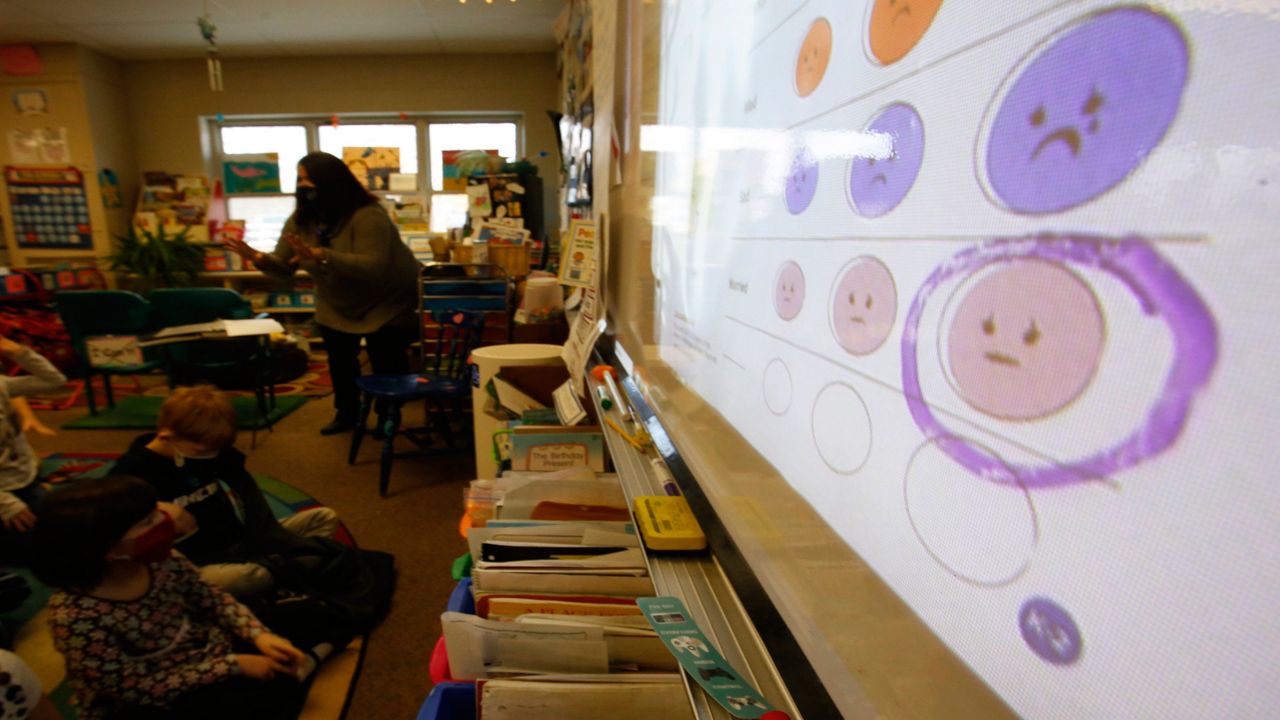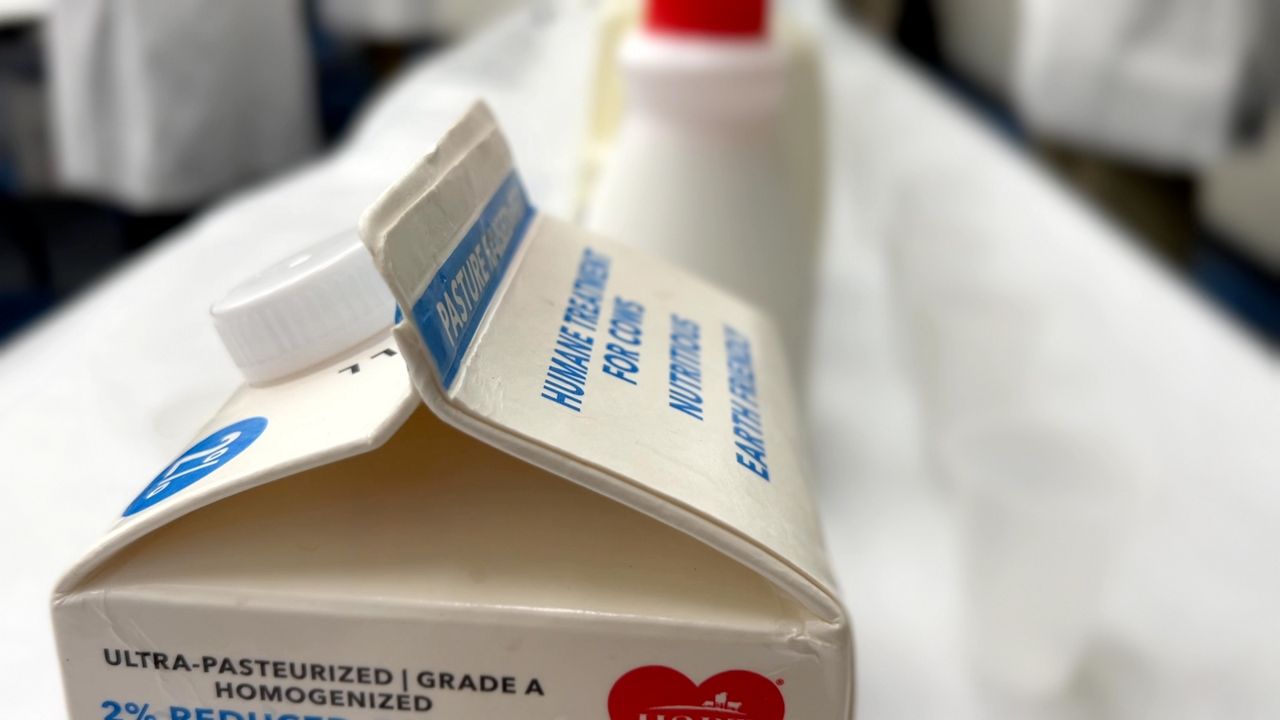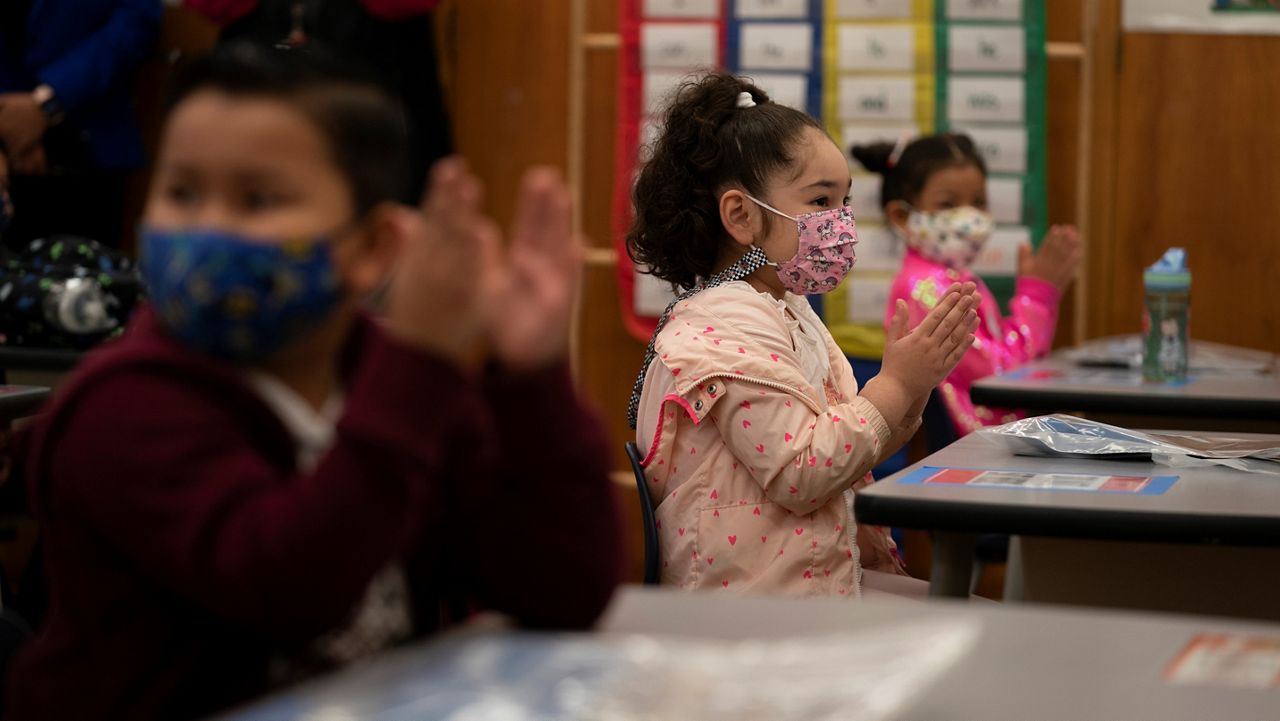Melissa Donaldson is the mother of 6-year-old twins.
“They are attached at the hip, the best of friends,” said Donaldson.
Her busy mornings consist of cooking the girls breakfast, packing their bags and not having to make their lunch. Since the start of the pandemic, federal waivers have allowed students across the country to eat lunch at no cost.
“I didn’t have to worry about making sure they have the funds to afford it," Donaldson said. "I didn't have to tell them, 'no, you can’t have cheese sticks like everyone else. You have to eat peanut butter and jelly because that’s all that I could make for you.'”
But that could soon change. A COVID-era federal program is set to expire in June, and no funds have been allocated in the state budget to extend the program.
What You Need To Know
- In June, 2,000 schools and 800,000 students in New York will lose access to a COVID-era free breakfast and lunch program
- The state legislature has not included funding to extend the program in the 2023 fiscal year budget, and advocates are urging lawmakers to push through an emergency waiver
- Without the waiver, a family of four must earn less than roughly $35,000 to qualify for free meals for the upcoming school year
Donaldson said buying lunch every day would cost her more than $100 a month.
“For some families, it’s not a lot, but I’m a single parent,” said Donaldson. “I do get child support, which is great, but I don’t qualify for the free lunch program outside of COVID.”
Her kids started kindergarten at the start of the pandemic, so not having the program would be a financial adjustment.
“Especially for people like me that were laid off in the beginning of COVID, and are still recovering,” said Donaldson.
In New York state, around 800,000 students depend on free breakfast and lunch at school.
Over the past two years, the Shenendehowa Central School District has nearly doubled the number of children who received meals from 3,000 to 5,500. Food Service Director Katy Headwell has seen the impact this has had on students.
“No matter what income level they come from, they’re all eligible for these free meals, so the equity has been tremendous,” said Headwell.
With the program coming to end, Headwell fears what she said is the worst part of her job: telling a family they missed the cut for free or reduced-cost meals. She said this often leads to students eating poorly, or even worse, not at all.
There is also the financial impact as well. Families have racked up significant debt from school lunches.
“A couple of years ago, our school lunch debt was over $16,000, and we had to try to recoup that money. With the free meals, our debt was $156, and this year we have none,” said Headwell.
Headwell and other advocates are working with lawmakers to push through an emergency waiver to extend the program through next school year.
“No matter what, we will feed the kids. Whether that application is processed or if they don't have money in their account, we will feed them, no matter what,” said Headwell.










